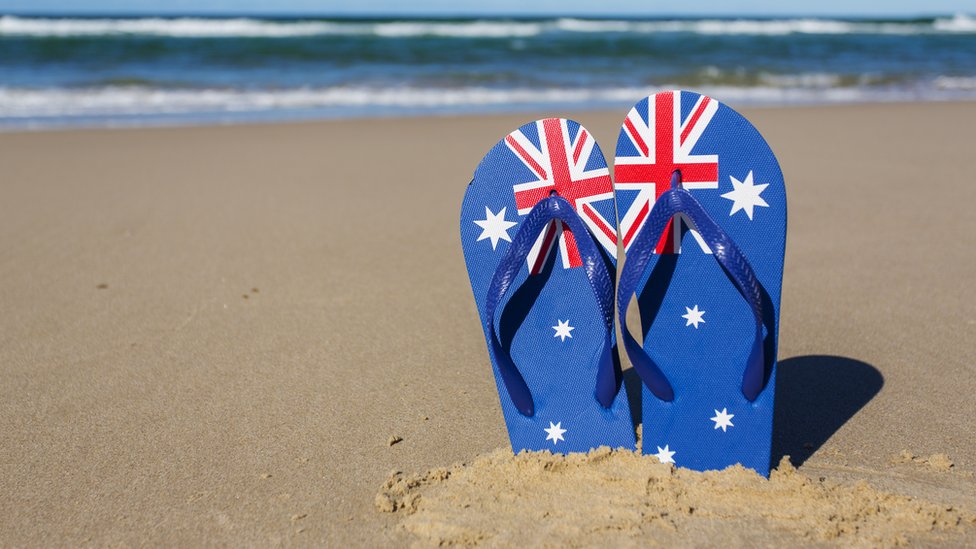Marketing Australia Day
A Marketing Perspective on Opportunities and Controversies
Australia Day (or ‘Straya Day), celebrated annually on 26th January, is a significant date for the nation. It marks the arrival of the First Fleet at Port Jackson in 1788, a moment that heralded the beginning of British colonisation. For marketers, the day presents a dual-edged sword of opportunities and challenges. While it offers a platform to connect with audiences through patriotism and cultural pride, it also necessitates navigating the complex and often polarising historical and social underpinnings of the day.
The Marketing Made Clear Podcast
This article features content from the Marketing Made Clear podcast. You can listen along to this episode on Spotify:
Historical Context and Its Impact on Branding
To understand the opportunities and challenges, it is essential to consider the historical context. Australia Day is viewed by many as a day of national celebration, reflecting the achievements and diversity of the country. However, for a large proportion of Indigenous Australians, the date signifies “Invasion Day,” a reminder of colonisation, loss of land, and cultural suppression.
This dual narrative influences how brands approach Australia Day.
While some choose to embrace traditional imagery of BBQs, beaches, and fireworks, others opt for campaigns acknowledging the day’s complexities, reflecting modern Australia’s growing emphasis on inclusivity and reconciliation.
Most recently, after a swing towards anti-Australia Day sentiment, there seems to be a more positive outlook towards the day. 68% of Australians look at the day positively according to a recent Sky News Poll:
Opportunities for Marketers
- Seasonal Promotions: The timing of Australia Day in the peak of summer creates opportunities for brands in the food, beverage, and outdoor leisure sectors. BBQs, picnics, and public events are central to the celebration, allowing companies to promote relevant products and services, from outdoor equipment to beer and soft drinks.
- Cultural Celebrations: Many Australians engage in cultural and community events. Sponsorships of festivals, concerts, and sports activities offer brands a way to connect authentically with audiences. For instance, collaborating with local councils or organisations hosting citizenship ceremonies can align a brand with community values.
- National Pride Campaigns: Campaigns that celebrate what it means to be Australian resonate strongly. Iconic brands like Vegemite and Qantas often capitalise on this sentiment, weaving national pride into their messaging through storytelling and visual imagery.
- Content Marketing: Social media provides a platform to engage with audiences through user-generated content, competitions, and polls. Encouraging customers to share their Australia Day experiences using branded hashtags can boost visibility and foster community.
There are (of course) some hilarious outcomes of STAYA day – so as long as you’re not easily offended – check out the video below for a celebration of the funnier side of Australia. **Language Warning**
Navigating Controversies and Risks
- Acknowledging the Historical Divide: Brands that ignore the complexities of Australia Day risk backlash, especially in an era where consumers expect social responsibility. Sensitivity to Indigenous perspectives is crucial. Initiatives like acknowledging Country in campaigns or partnering with Indigenous artists and organisations can show genuine commitment to reconciliation.
- Avoiding Tokenism: While inclusivity is essential, superficial efforts can appear disingenuous. Marketing campaigns need to reflect ongoing engagement with Indigenous communities, not just opportunistic gestures around 26th January.
- Timing and Messaging: For some brands, opting out of Australia Day promotions altogether might align better with their values. Others may choose to shift the focus from the date itself to broader themes of unity, diversity, and the future of Australia.
- Handling Social Media Backlash: The polarised nature of Australia Day discussions means social media campaigns can quickly become battlegrounds. Brands must prepare for both positive and negative feedback, ensuring responses are empathetic and aligned with their values.

Case Studies: Brands Leading the Conversation
-
Mecca and Reconciliation Action Plans: Beauty retailer Mecca has actively supported Indigenous communities through its Reconciliation Action Plan (RAP), leveraging Australia Day as an opportunity to highlight their commitments rather than overtly celebrating the day.
-
Triple J’s Hottest 100: The popular radio station moved its annual countdown of top tracks from 26th January in 2018, acknowledging the controversy surrounding the date. This decision was met with both praise and criticism but ultimately reinforced the station’s commitment to inclusivity.
-
Bunnings Warehouse: As a staple of Australian DIY culture, Bunnings subtly promotes products suited for summer gatherings while avoiding overt Australia Day messaging, ensuring broad appeal without alienating any segment of its audience.
Practical Tips for Marketers
- Do Your Research: Understand the historical and cultural nuances of Australia Day. Engage with diverse voices to shape campaigns that reflect genuine inclusivity.
- Align With Your Brand Values: Ensure any Australia Day-related marketing aligns with your overarching brand ethos. Consumers value authenticity.
- Consider Alternative Narratives: Focus on themes like environmental sustainability, celebrating diverse cultures, or supporting community initiatives. These narratives often resonate across audience segments.
- Engage With Indigenous Communities: Collaborate with Indigenous organisations or creators to incorporate meaningful storytelling and representation into your campaigns.
- If You Don’t Get It – Stay Out Of It: If you’re struggling to grasp the political aspect of Australia Day – maybe just stay out of it!
Conclusion
Australia Day offers significant opportunities for marketers to engage with audiences, but it also demands a nuanced approach to avoid alienating or offending stakeholders. By balancing celebration with sensitivity, brands can contribute to a more inclusive dialogue, leveraging the day to unite rather than divide. In doing so, marketers can play a role in shaping a modern Australian identity that honours its past while looking to the future.


